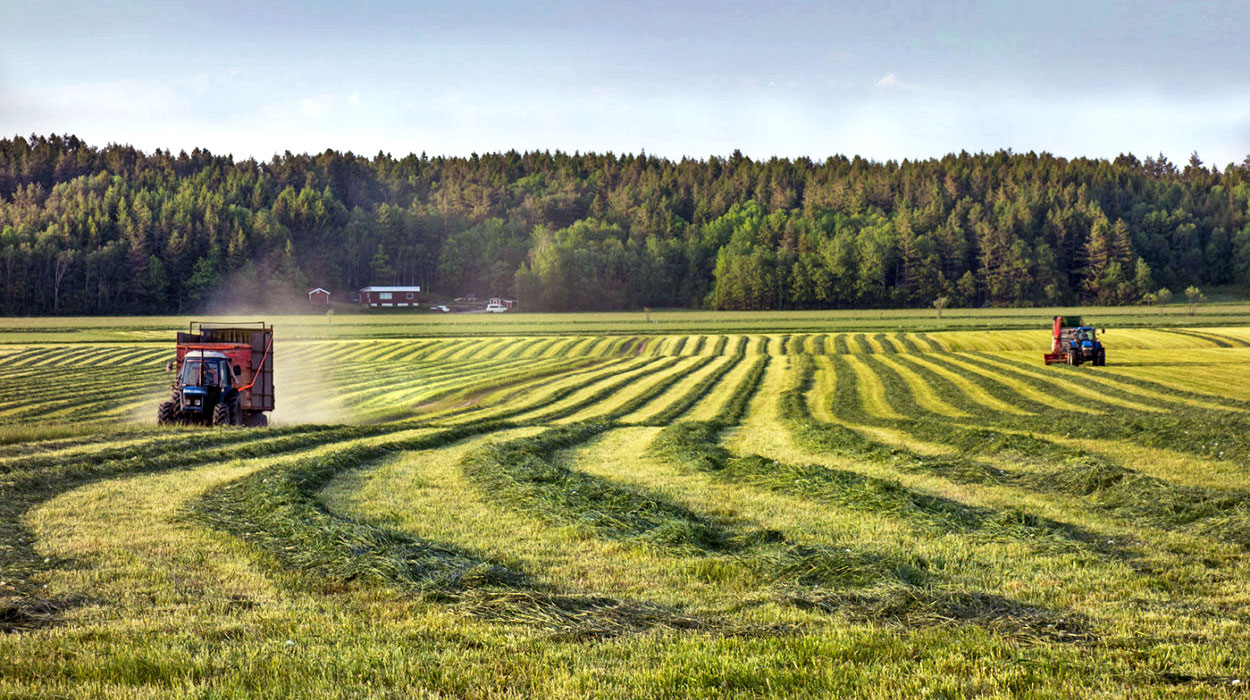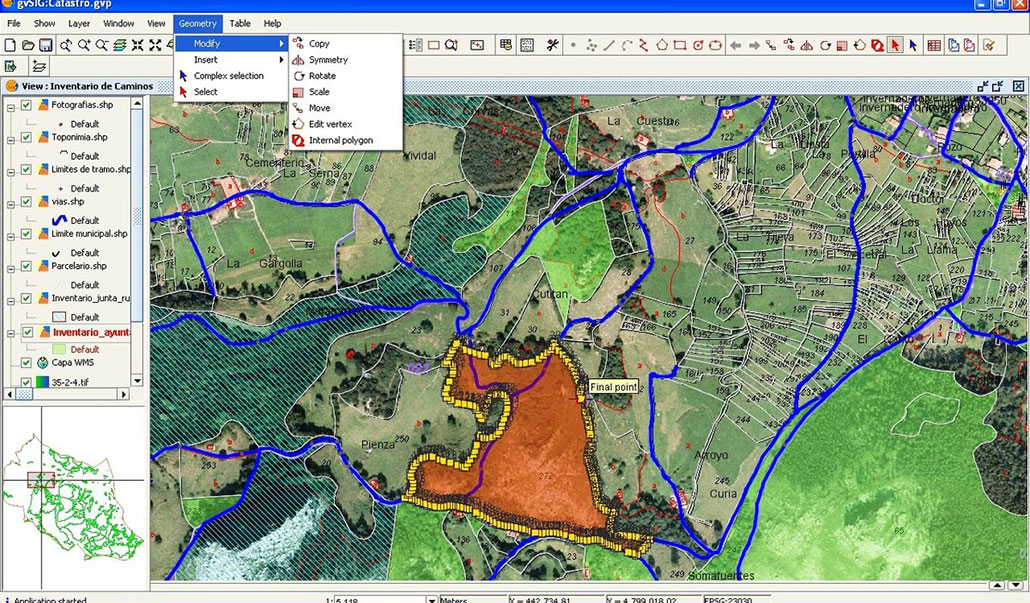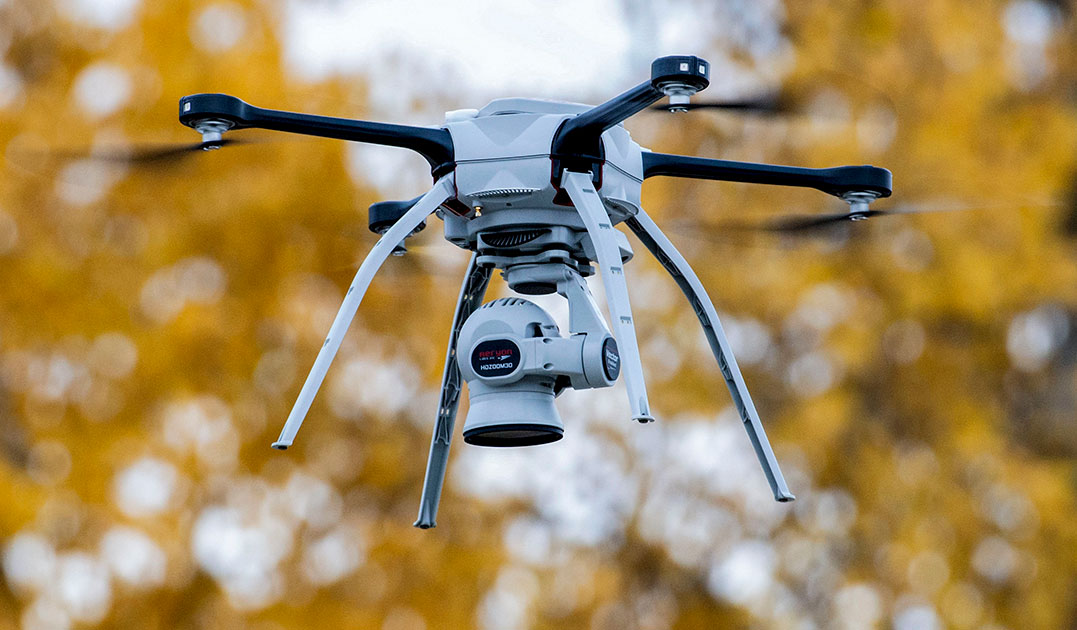- be_ixf; php_sdk; php_sdk_1.4.18
- 52 ms
- iy_2025; im_07; id_18; ih_15; imh_37; i_epoch:1.75287825447E+12
- ixf-compiler; ixf-compiler_1.0.0.0
- py_2024; pm_08; pd_27; ph_07; pmh_14; p_epoch:1.72476808995E+12
- link-block; link-block_link-block; bodystr
- pn_tstr:Tue Aug 27 07:14:49 PST 2024; pn_epoch:1.72476808995E+12
- 0 ms
- be_ixf; php_sdk; php_sdk_1.4.18
- https://sou.edu/academics/agricultural-futures-how-might-agriculture-change-in-the-future/
- https://sou.edu/academics/agricultural-futures-how-might-agriculture-change-in-the-future/

Agricultural Futures: How might agriculture change in the future?
As environmental scientists, we are aware of many of the incredible challenges facing people and our environments, now and in the future. Climate change, human population growth, stressed water supplies (the list goes on and on) all challenge our basic ability to support our communities, and the ecosystems that support those communities. This includes our ability to grow and produce food for our ever-increasing population.
To help chart a path forward amidst all the uncertainty of the future, an interdisciplinary team of scientists from SOU, University of Idaho, and the University of New Hampshire has been examining the future of dairy in Idaho by working closely with stakeholders in the Magic Valley. Located in southcentral Idaho, the Magic Valley is the 3rd largest dairy-producing region in the nation. Home to Chobani and many other dairy processors, the region supports over 300 concentrated agricultural feed operations (CAFOs), while also being home to significant potato (it is Idaho after all!), sugar beet, and other crop production. All this agriculture requires a significant amount of energy and water, which is why our group was funded to study the system as an integrated Food, Energy, and Water (FEW) system. The team has developed a hydrologic model that integrates past, current, and future climate data to estimate water availability for the region, which has been compared to crop production. Workshops with local stakeholders were used to identify what those crops might be feasible, given changes in climate, population, pollution, policy, and global economic drivers, in the future.

Using Geographic Information Systems (GIS), we have mapped several alternative “futures” that explore different assumptions of change, ranging from no-change to a megadrought, to a shift from global to local food production. Most recently, we have been working with stakeholders to identify solutions to challenges that each future might present, and mapping what that might look like in the future. To see what these alternative futures look like, please visit our Story Map.

Our goal with this type of research is to test our assumptions about how a place may change in a virtual world before we try it out on the real landscape. We hope this will build more cooperation as it gives people the opportunity to “see” the results of their decisions as a community, so they can decide before it is too late to modify the course.
Learn More About the Environmental Science & Policy Program Here
Story by Dr. E. Jamie Trammell, Environmental Science & Policy Associate Professor


